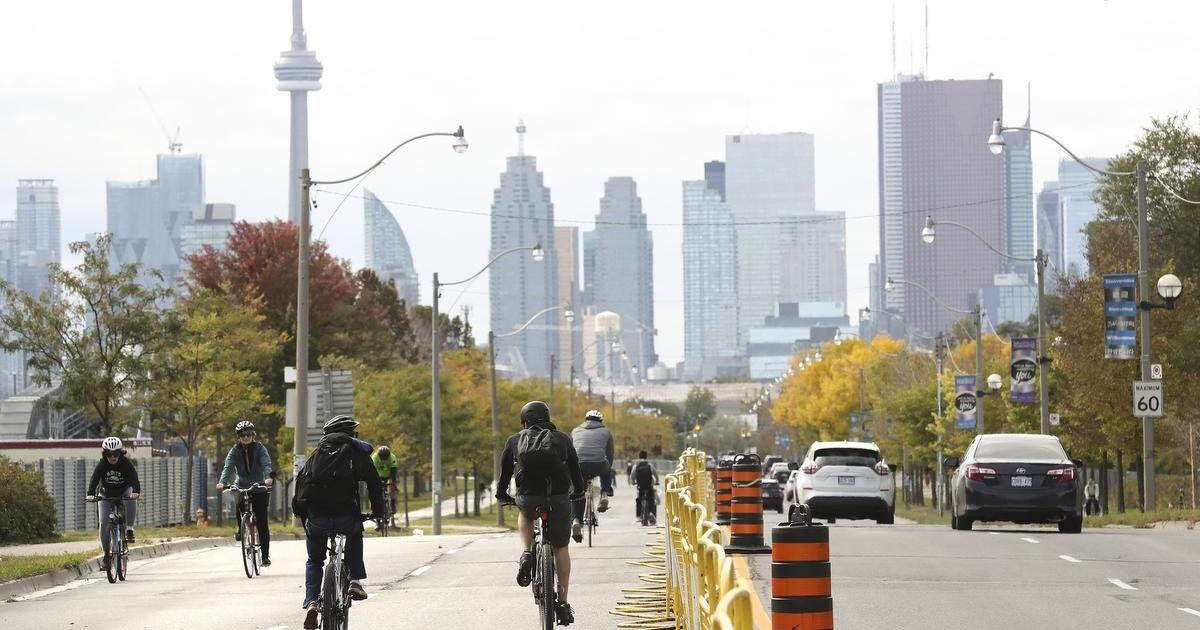Northern Light
Superstar
The fact that the city is barely even trying to put cycling infrastructure along suburban arterials where much of the lower income population lives is a big part of the problem. Regressive councillors from those parts of the city aren't helping, and neither is the perception that cycling is for liberal downtown elites. And when cycling infrastructure is built in the suburbs it's usually badly designed. Nobody wants to ride in a painted bike lane on a huge street with cars roaring by at 80 km/h. Or on a multi use trail that treats cyclists as pedestrians at intersections.
Yes.
While pedestrian oriented areas lend themselves to cycling better than car oriented suburbs, cycling can still be made relevant in the latter. What those parts of the city need is a network of multi use trails and/or protected bike lanes with proper protected intersections.
Yes.
The boulevards on suburban roads have more than enough room. Cycling is obviously a lot more affordable than buying a car, so there's zero reason that it should be associated with any income group or ethnicity.
This, however, is often not the case.
This is Victoria Park, north of Eglinton:
As you can see, there is no boulevard on one side; while the other is just over 3M; but it contains trees, roughly on centre within that space.
That essentially leaves no room, unless you remove the trees. Which are one of the few things that help make that stretch of road walkable.
That's not an issue unique to that section of street, I would suggest you will find relatively few boulevards that are wide enough to support a bike path, and trees.
Typically they exist on some E-W roads in the east end, the roads where it would be feasible are typically the E-W arterials, north of the 401. (where boulevards range from 6-7.5M wide)
York Mills Bayview - Leslie also sports similarly wide boulevards. Though I'd rather pinch the centre turning lane, eating boulevard space only at the intersections.





